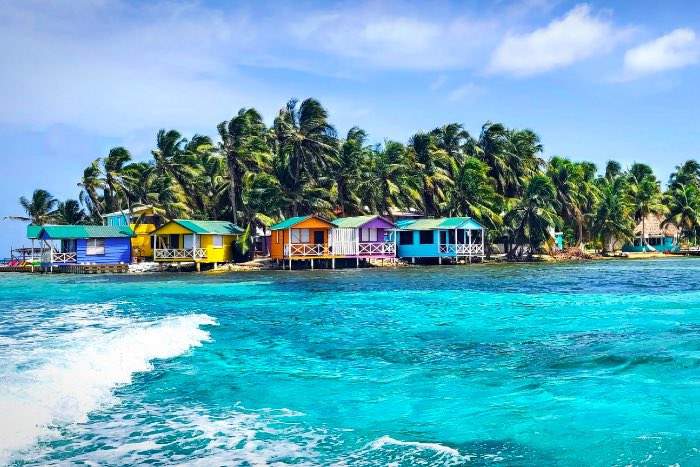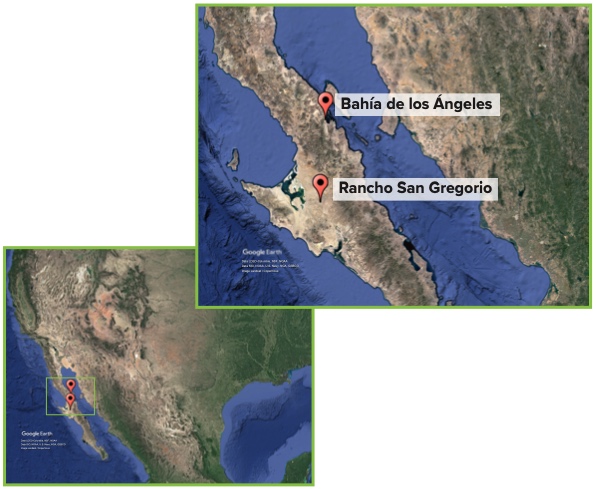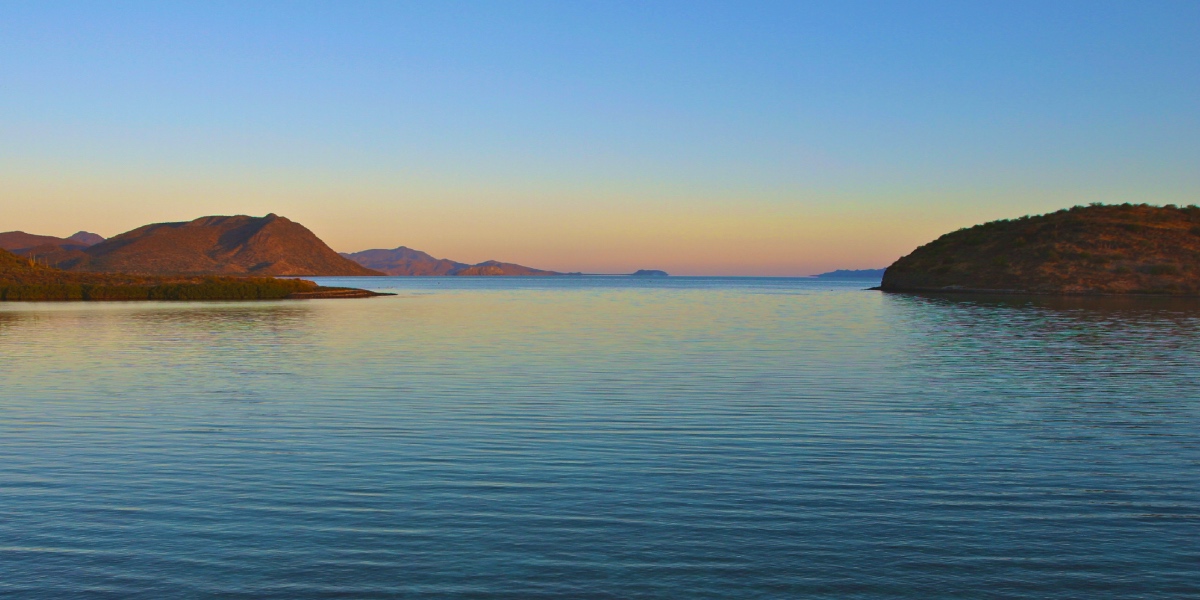
Baja: Field Methods
Experience the spectacular desert and marine landscapes of two richly diverse biosphere reserves.
Course Overview
Immerse yourself in Baja's vibrant marine, island, and desert ecosystems. This course offers a unique opportunity to study in Bahía de los Ángeles, a UNESCO World Heritage site. Experience diverse habitats from the Gulf of California to the Vizcaino desert, home to remarkable plants like giant cacti, elephant trees, and boojums. With their important work with human and marine communities, we are glad to partner with the Vermilion Sea Institute to offer this course.
Gain essential ecological field methods that empower both research and public engagement in science and environmental stewardship. This course equips diverse investigators with fundamental tools like point sampling, quadrat studies, and line transects to generate reliable information and promote informed action. You'll become proficient in various sampling methods and contribute to ongoing projects.
A typical day on this EE course includes exploration and hiking in the local environment, instructor and student-led discussions of key course topics, presentations, and engagement with local community experts, and time for inquiry investigations and journal writing. Prior to and following the field experience in Baja, students will complete coursework via Canvas, Miami University's learning management system, as they apply experiences at home.
 *** If you're interested in Baja: Field Methods for Summer 2026, let us know by completing this short form. Note: This is not the EE application/course request form. Visit our Apply webpage for application instructions for the GFP or to take an Earth Expeditions stand-alone course. Current Dragonfly students' summer requests should be submitted using the form sent via email.
*** If you're interested in Baja: Field Methods for Summer 2026, let us know by completing this short form. Note: This is not the EE application/course request form. Visit our Apply webpage for application instructions for the GFP or to take an Earth Expeditions stand-alone course. Current Dragonfly students' summer requests should be submitted using the form sent via email.
Course Details |
|
|
In-Person Travel Dates |
June 30 - July 8, 2026 Students arrive at least one day before and depart on the day after the course ends. |
|
Full course dates |
April to August online |
|
Course-specific themes |
-Intro to the ecology of desert ecosystems -Exploring marine biodiversity -Engaging in field methods and inquiry investigations -Understanding community engagement strategies |
|
Eligibility |
The Baja course is open to first-year GFP master's students, as well as any interested current students, or can be taken as a standalone course. An undergraduate degree is required. *Miami U. undergraduates with Graduate School permission may also apply. |
|
Physical requirements |
Some hikes over uneven terrain with stops to look closer; hot weather; dry conditions |
|
Lodging |
Sleep on cots + sleeping bags under the stars; one hotel night sharing rooms with classmates |
|
Course credits |
5 master's graduate credits or 7 CEUs (continuing education credits) can be earned |
|
Course costs (Includes meals, water (extra snacks and drinks not included), lodging, activities (optional activities not included), course transportation, and park entrance fees) (For additional information, go to our Program Costs page.) |
There are two options to take this course: 1) Earn 5 graduate credits: All participants cover their own transport to San Diego (airport code: SAN) |
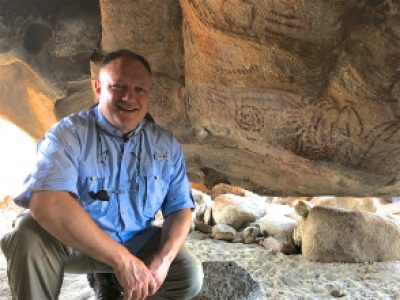
Baja California, Mexico
Planned Sites in Baja California, Mexico
Rancho San Gregorio
Nestled in the heart of the Vizcaíno Desert and Valle de los Cirios Biological Reserve, Rancho San Gregorio is sustained by two vital springs. This isolated region, home to the Villavicencio family since the late 1600s, boasts unique flora and fauna, supported by Pacific moisture. It's a hotspot for desert ecological study, protecting endangered species like the desert pronghorn antelope and Mexican bighorn sheep.
Bahía de los Ángeles
This small fishing village on the Gulf of California contrasts sharply with the sparse desert. Its turquoise waters teem with life, though overfishing threatens local livelihoods and species. Recognized for its extraordinary biodiversity, UNESCO designated the region a World Heritage Site in 2005. In 2007, it became the Bahía de Los Ángeles Biosphere Reserve, encompassing nearly a million acres of coastal, marine, and island ecosystems vital for threatened species like whale sharks and sea turtles. Often called the "Galapagos of Mexico," it's renowned for its spectacular scenery and unique wildlife.
Our base in Bahía de los Ángeles is the Vermilion Sea Field Station (VSFS), a historic adobe research center. Located within the small fishing village of ~700 people, VSFS actively collaborates with the community to preserve the "Bay of the Angels."
(Course locations are subject to change)
Baja Course Photos
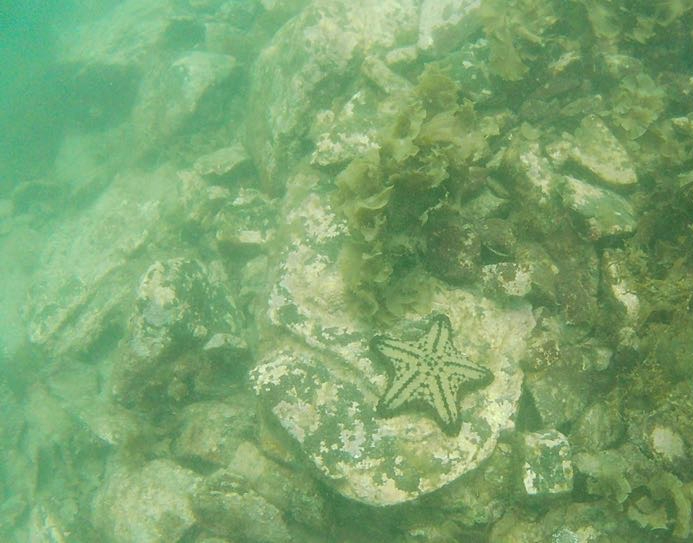
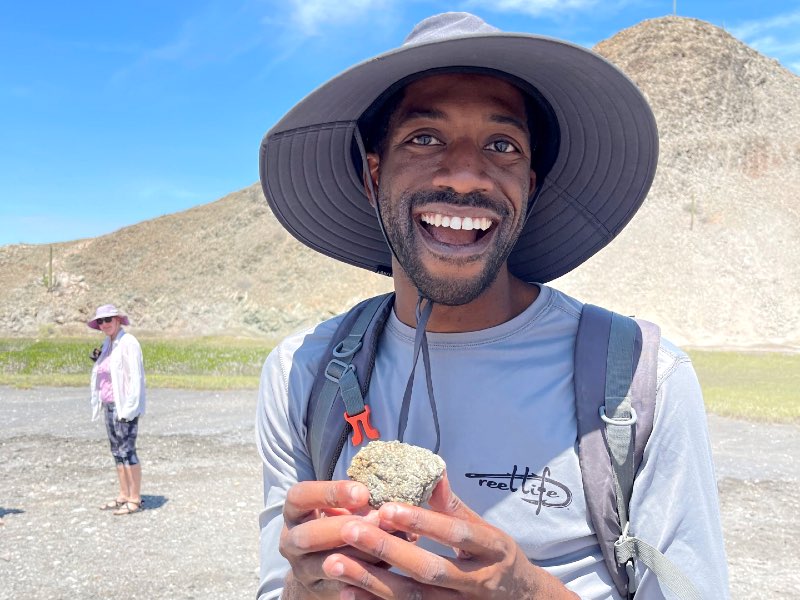
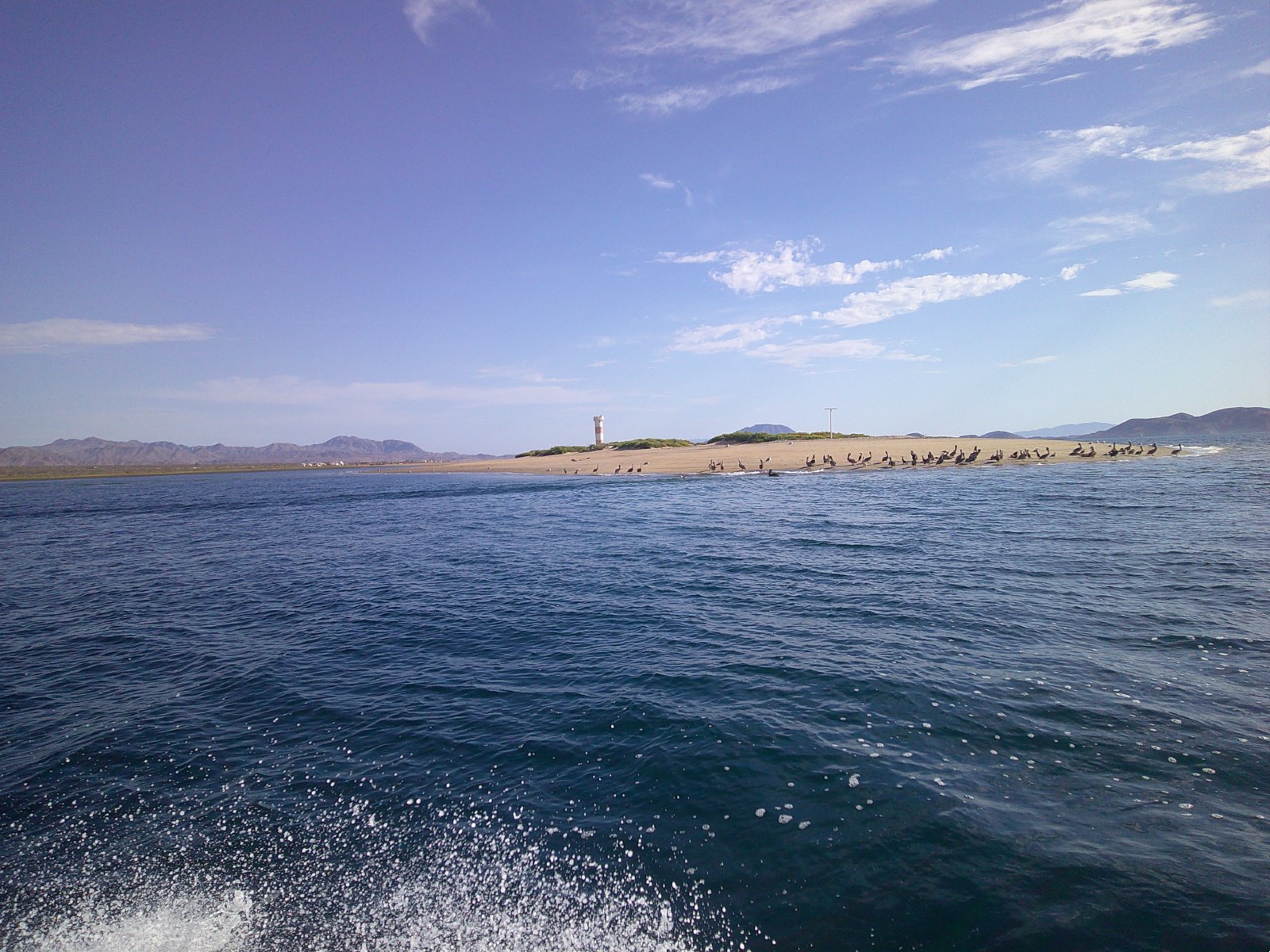
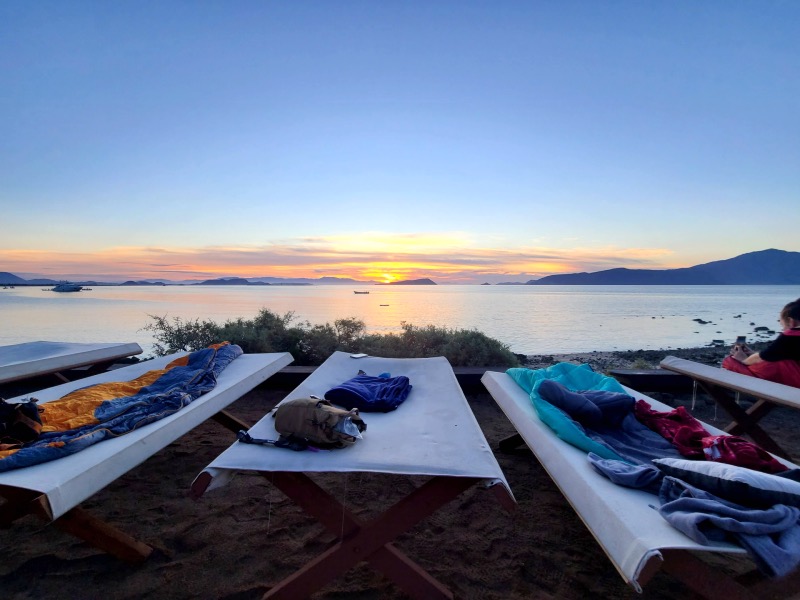
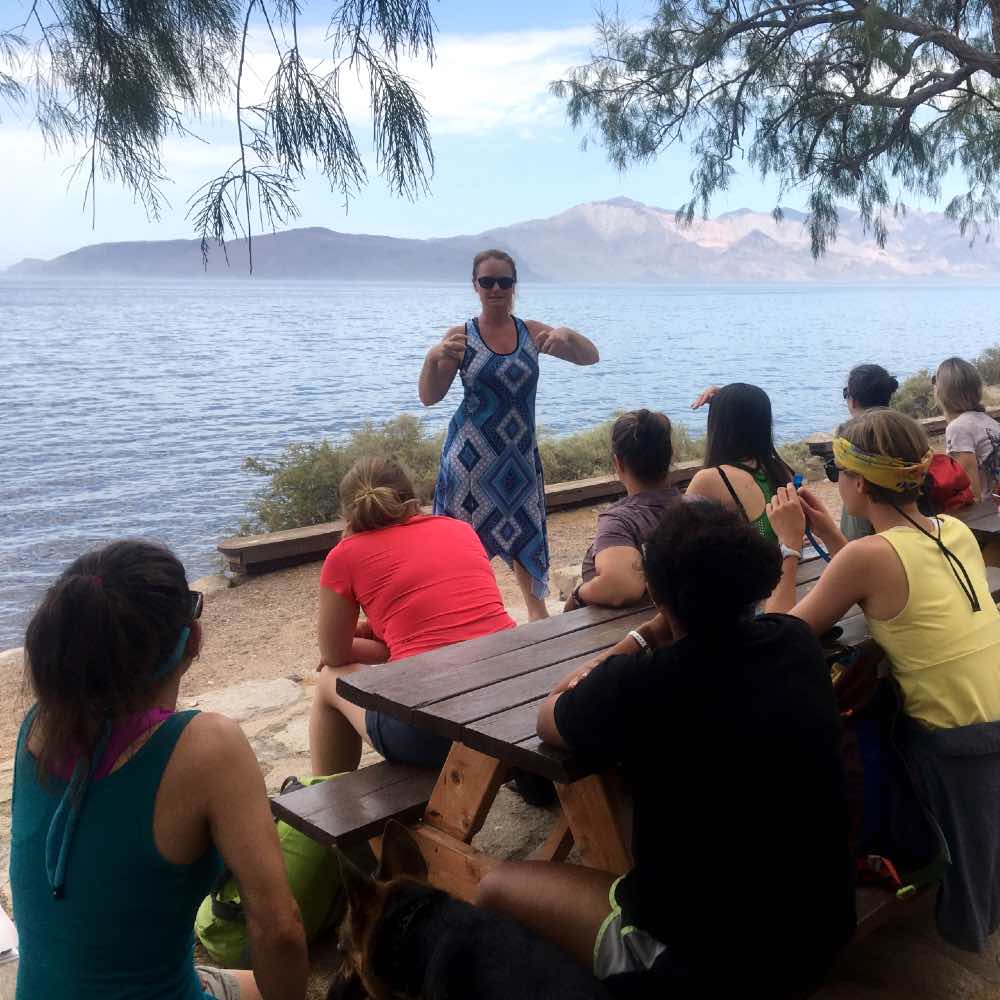
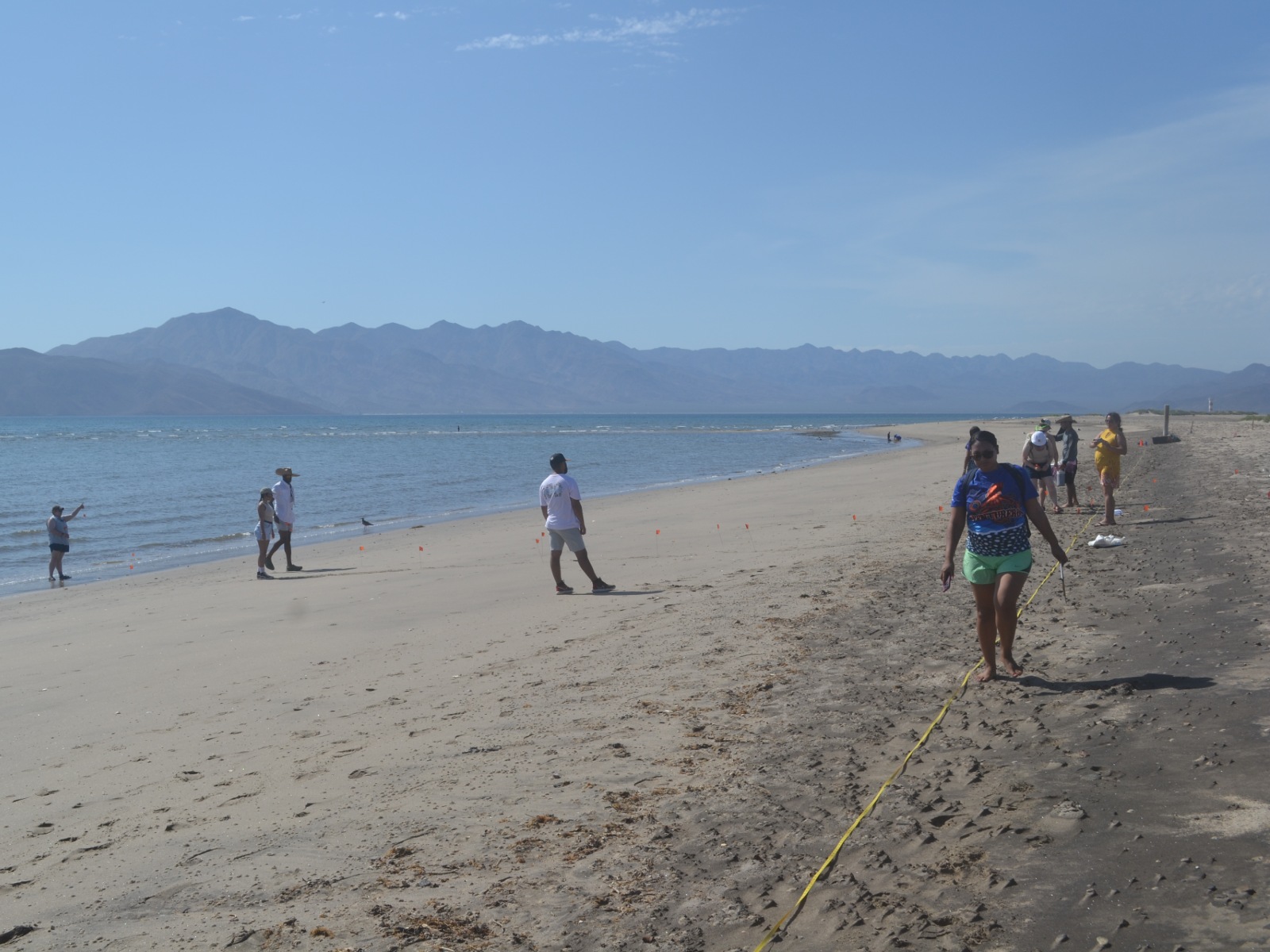
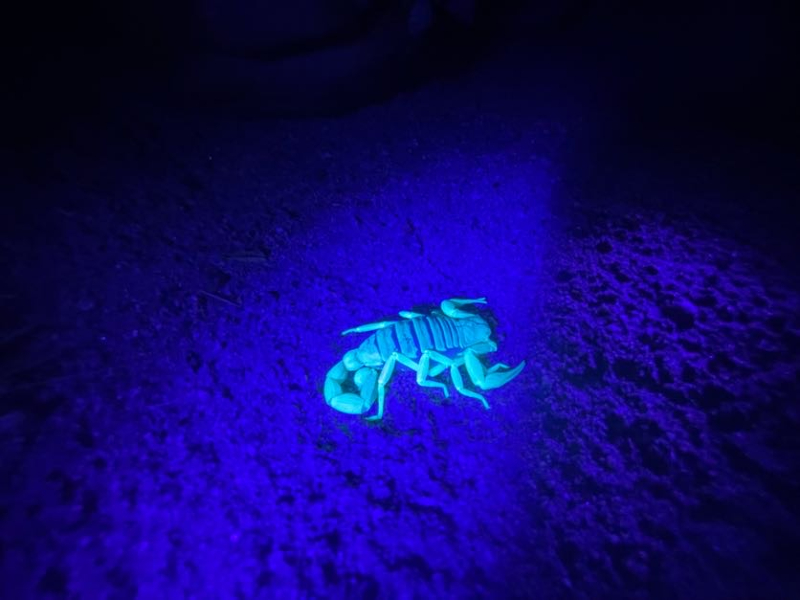
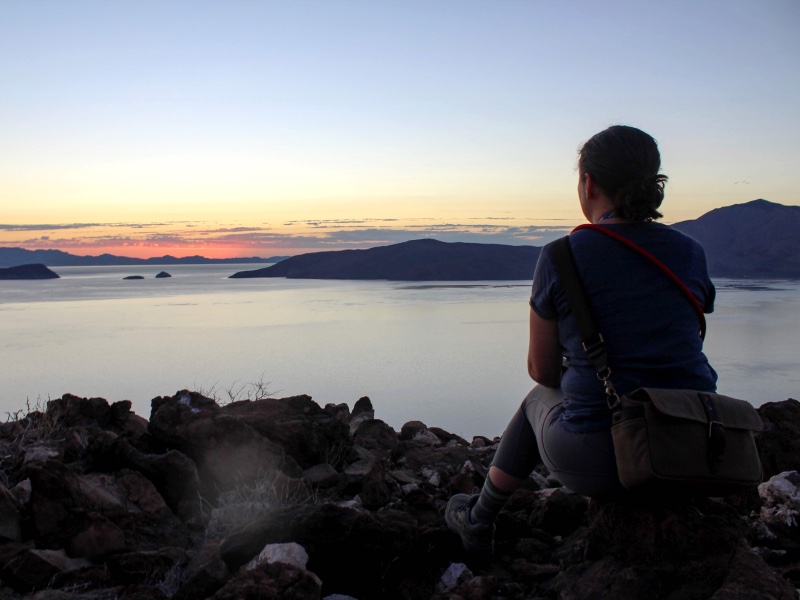
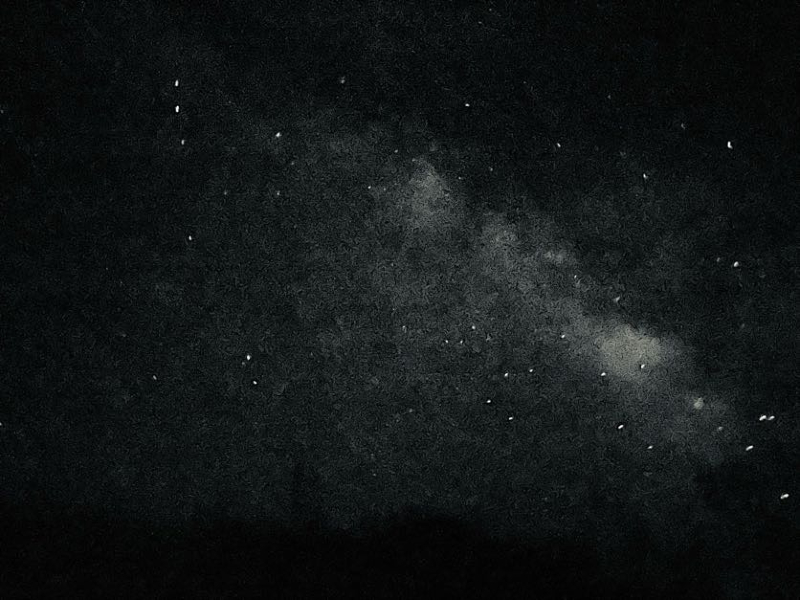
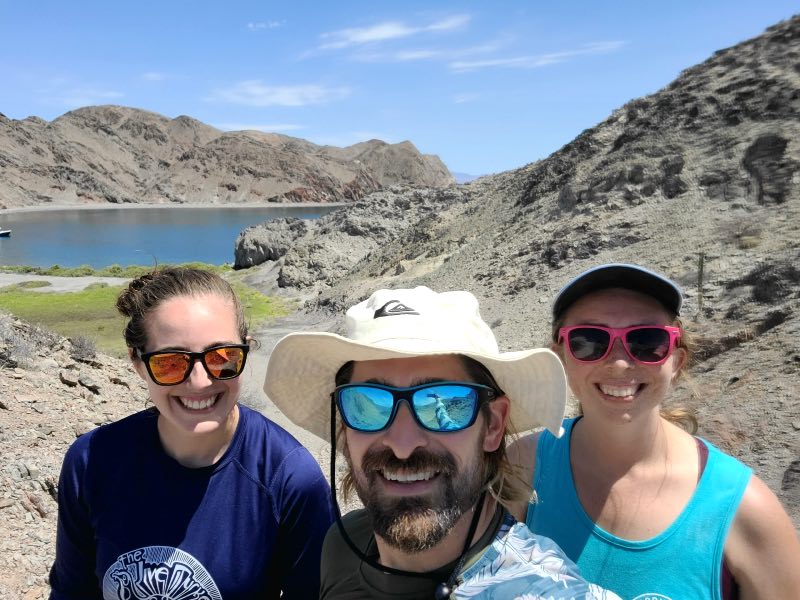
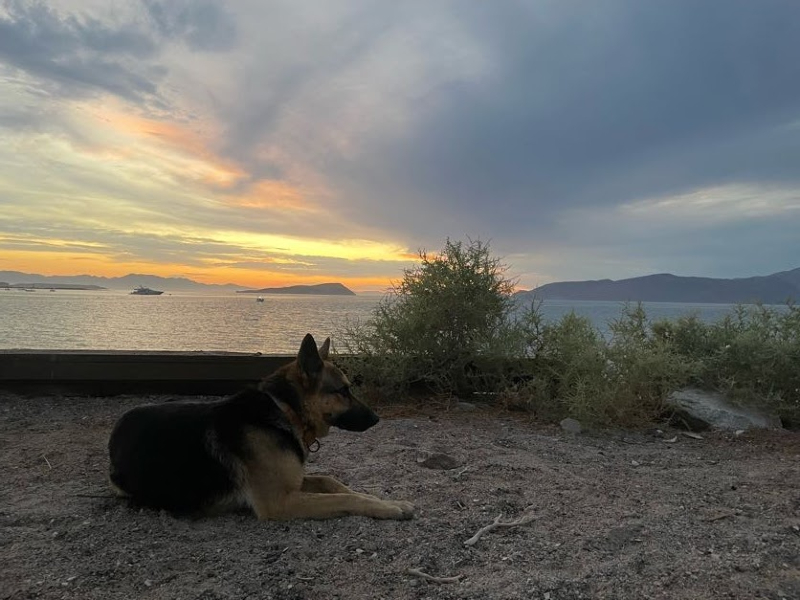
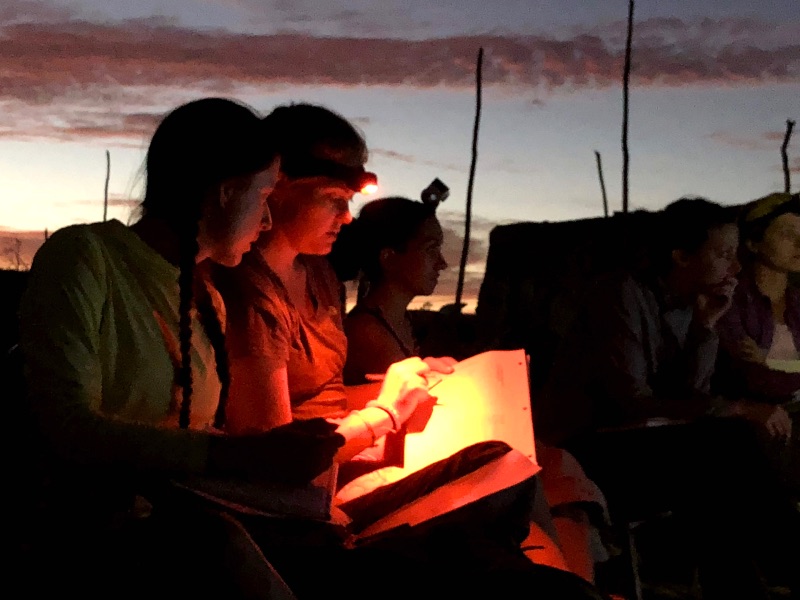
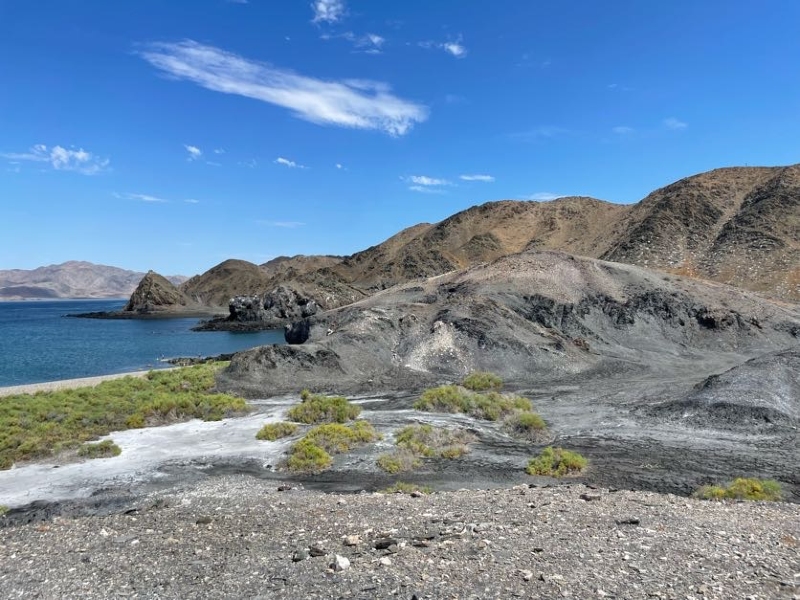
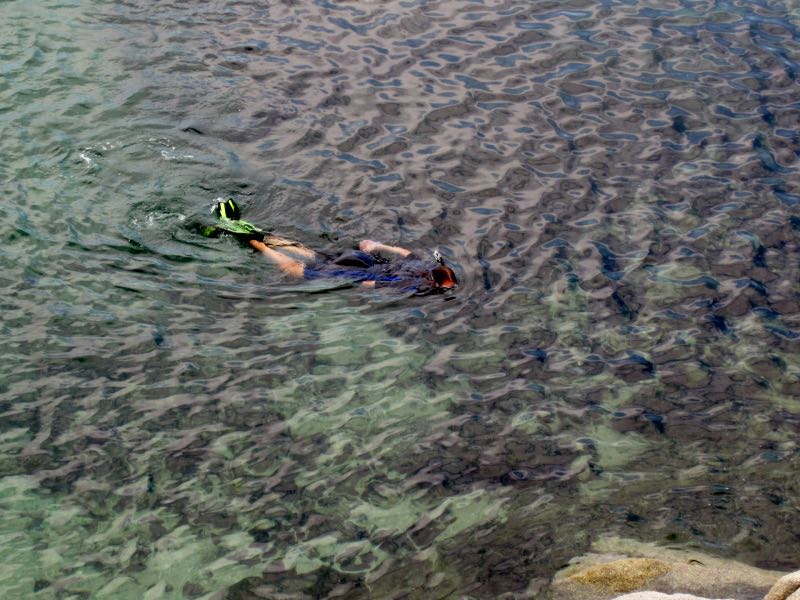
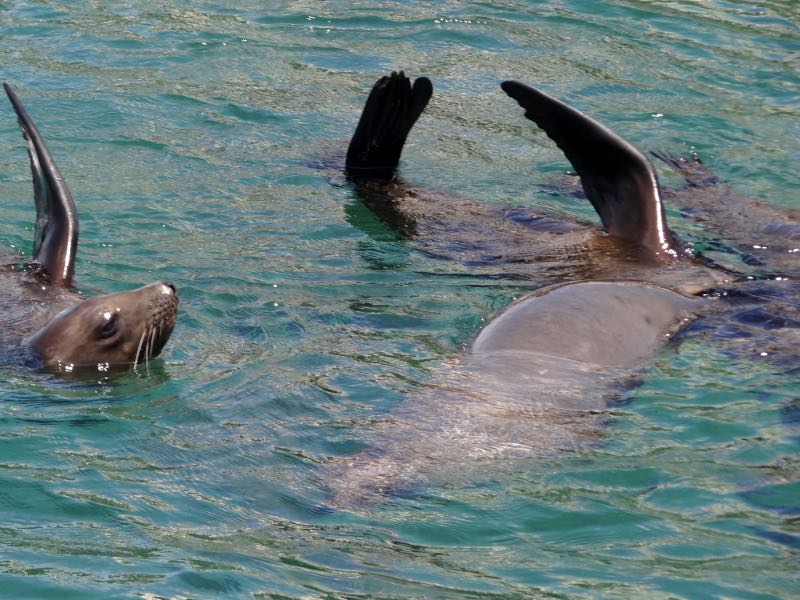
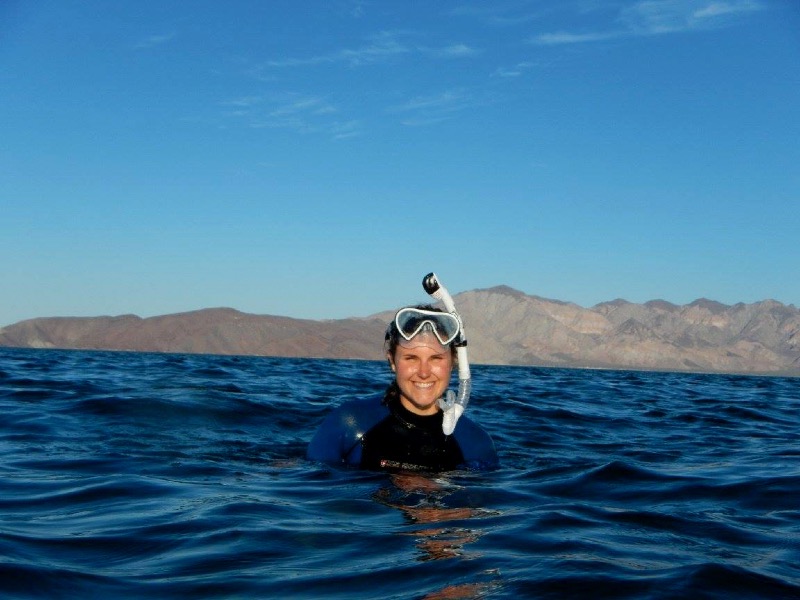
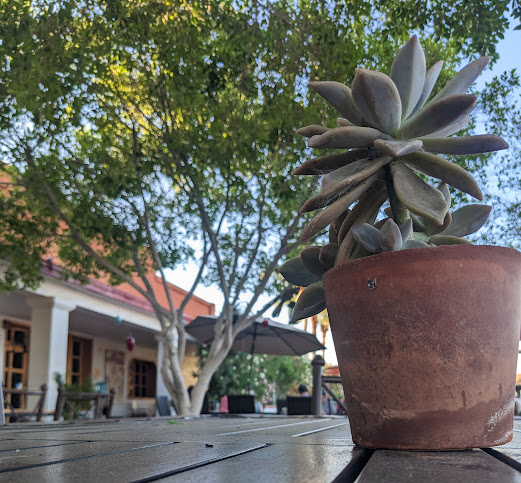
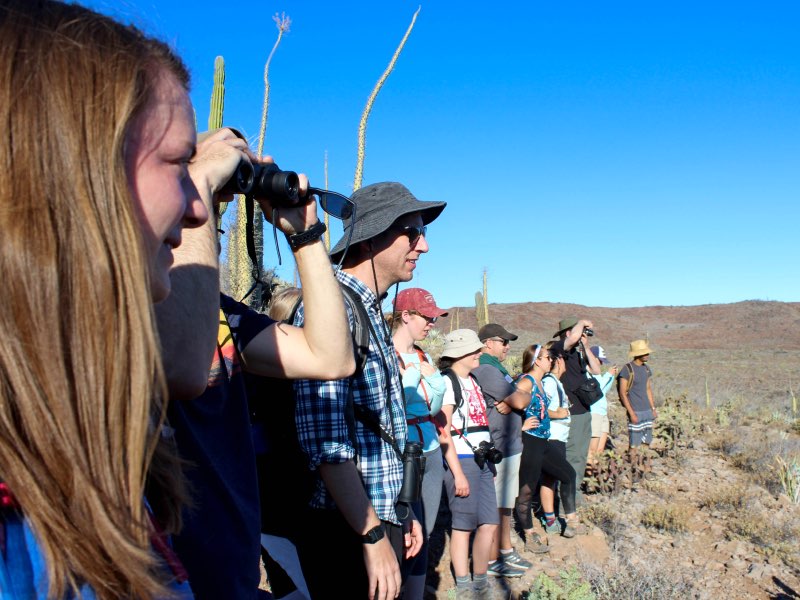
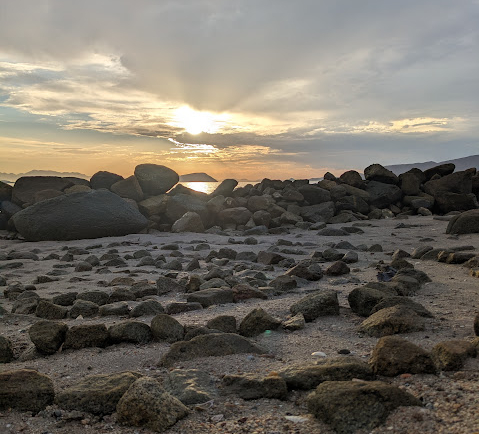
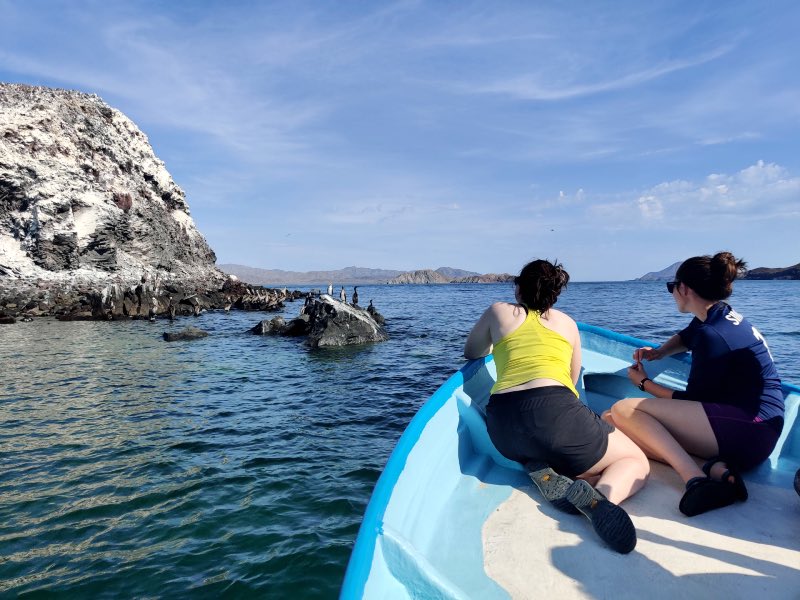
Inside Earth Expeditions
Recorded October 16, 2024, covering Baja, Belize, Brazil.
Want to know more about Dragonfly's global+web-based Earth Expeditions courses? Please view a recording from one of our 2024-25 Inside Earth Expeditions sessions, or join us next fall for an upcoming session, where we share the inside scoop on our EE course locations, partners, and activities. These sessions are perfect for current AIP and GFP students, prospective GFP students, and those interested in taking an EE as an individual course. Each session was led by an experienced member of our instructional team.
Questions?
Do you have questions? Go to our Frequently Asked Questions page for some answers.
Check out another EE!
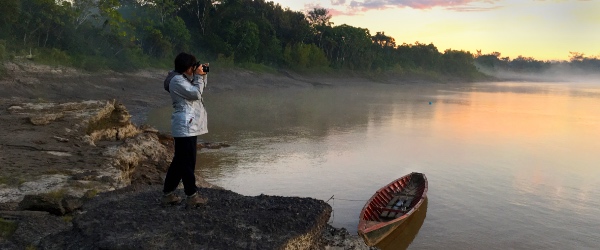
Amazon: Avian & Tropical Ecology
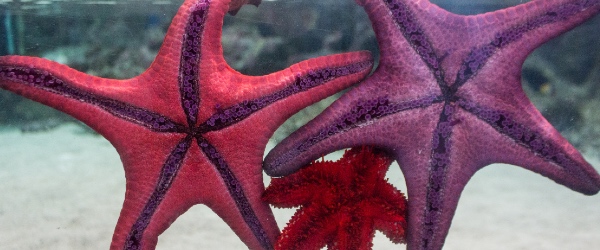
Australia: Great Barrier Reef
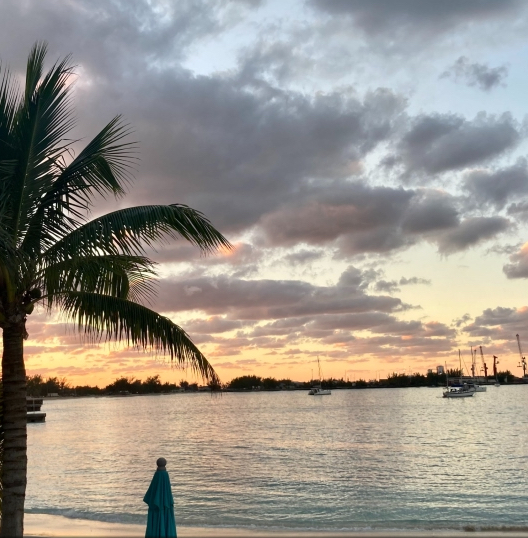
The Bahamas: Cultivating Conservation Networks
Snorkel in biodiverse marine protected areas, explore unique national parks, and gain an understanding of community-driven initiatives by talking directly with local experts at the forefront of conservation.
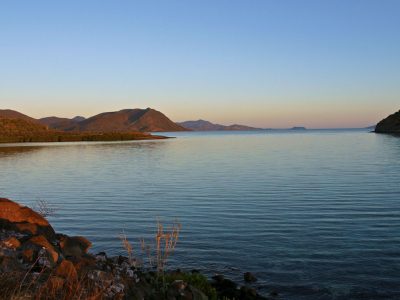
Baja: Field Methods
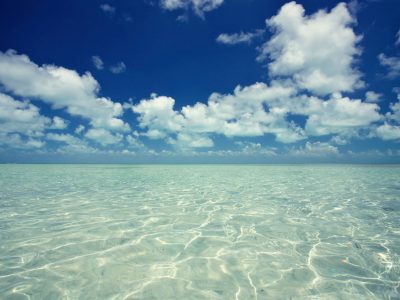
Belize: Approaches to Environmental Stewardship
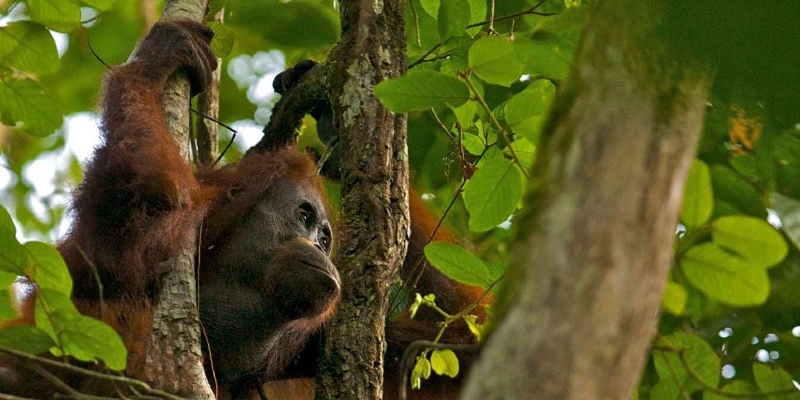
Borneo: Primate Conservation
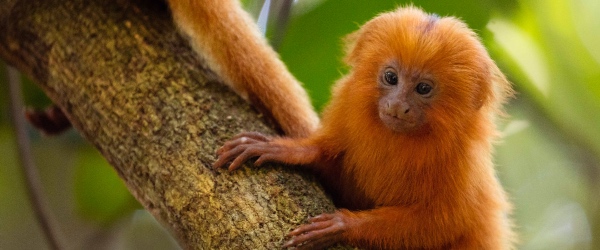
Brazil: Saving Golden Lion Tamarins
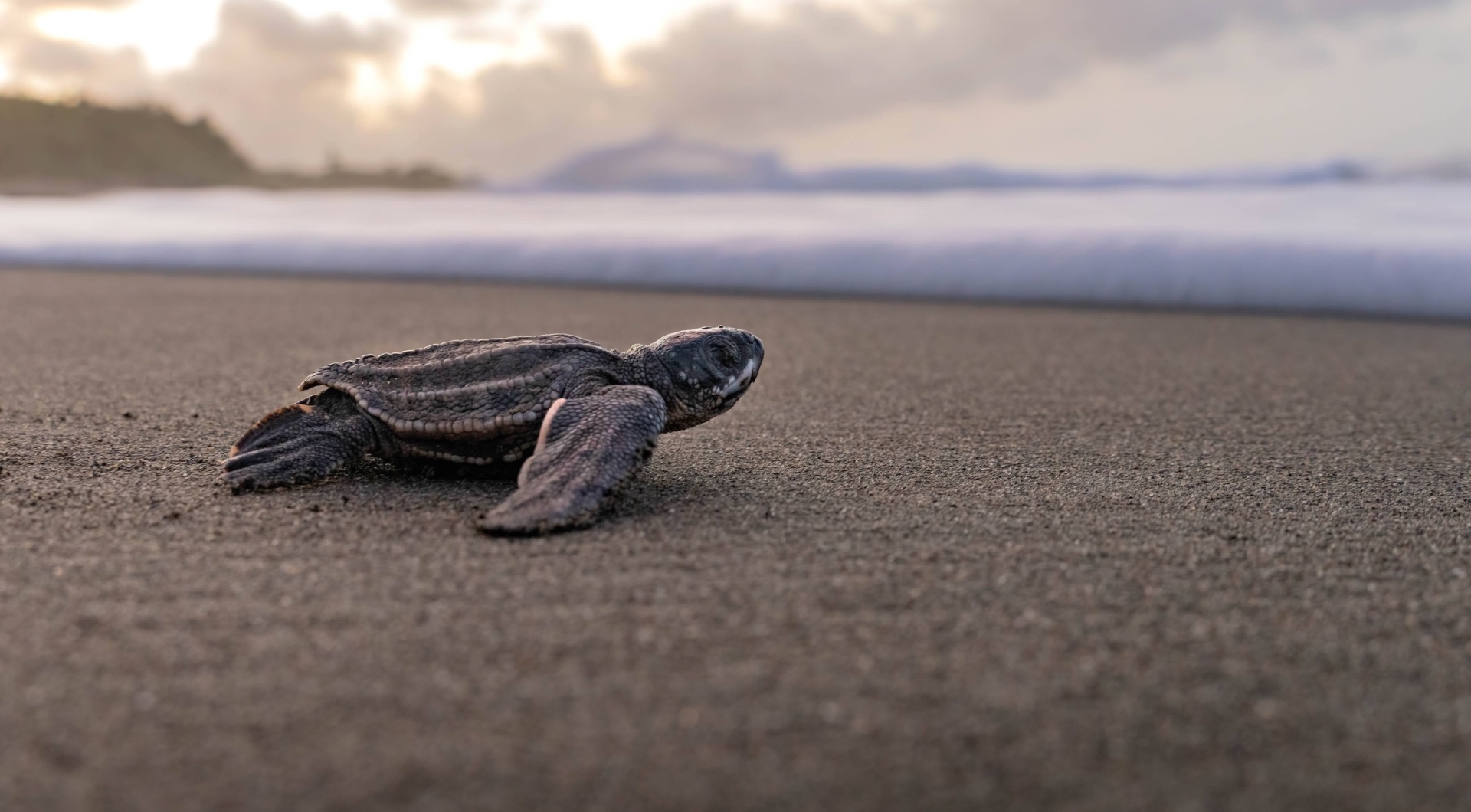
Costa Rica: Ecology & Ecotourism
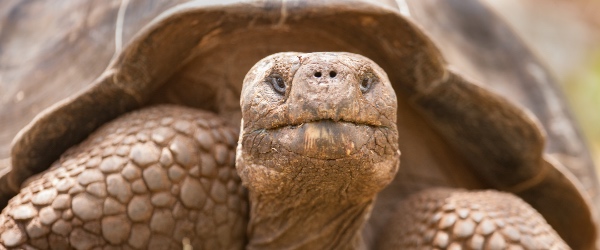
Galápagos: Islands of Change
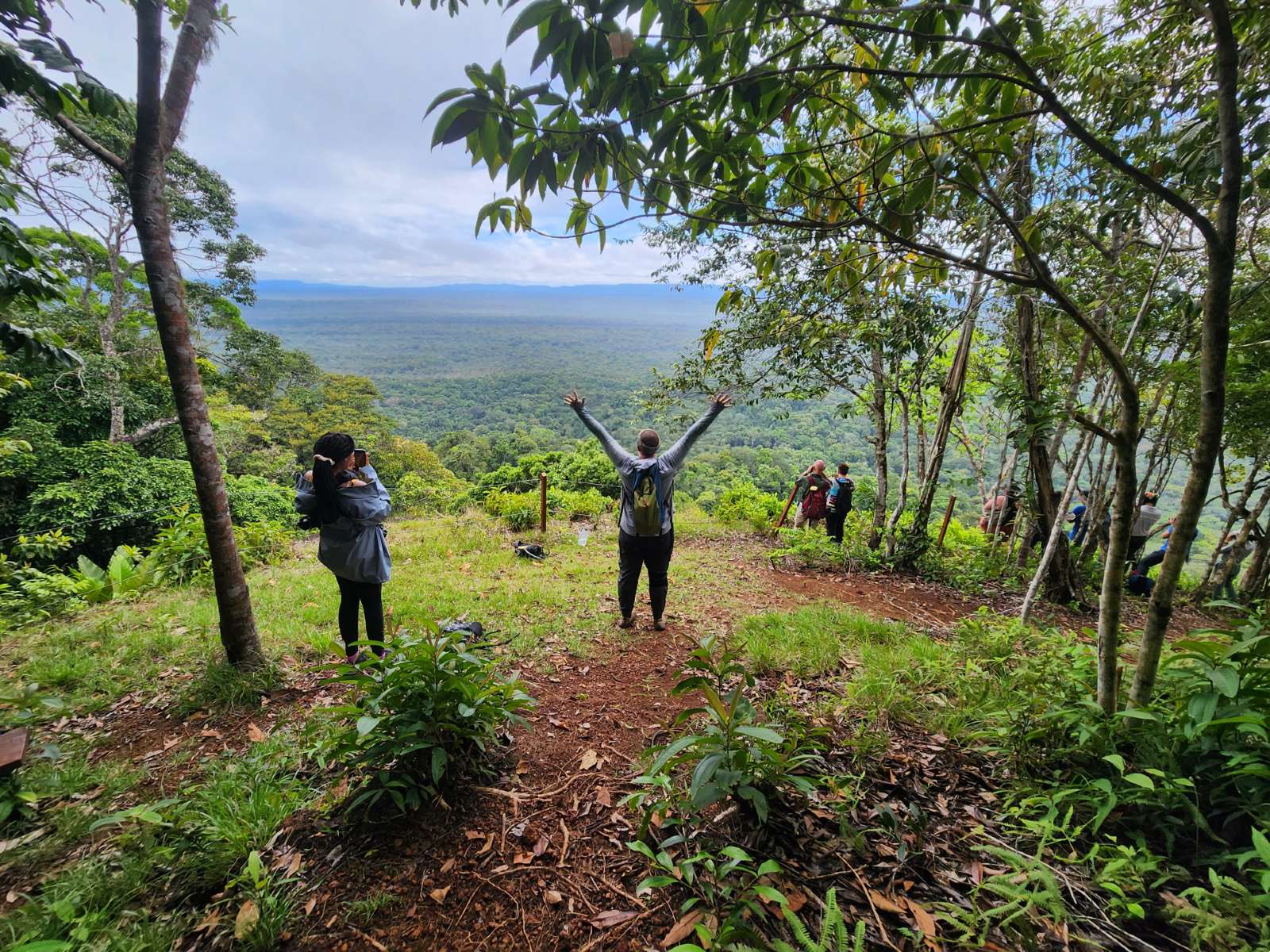
Guyana: Local Wisdom & Conservation
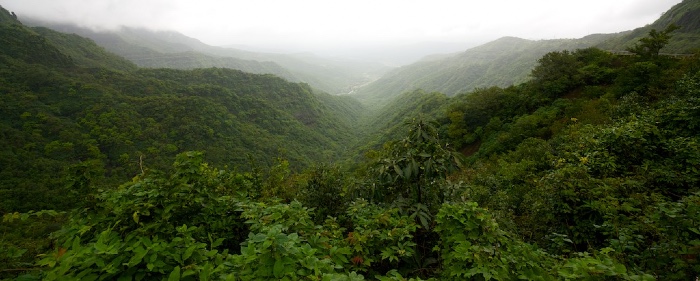
India: Species, Deities & Communities
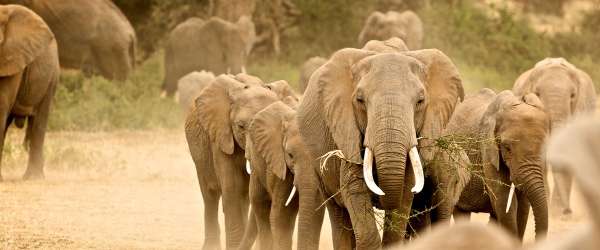
Kenya: Wildlife & People in Integrated Landscapes
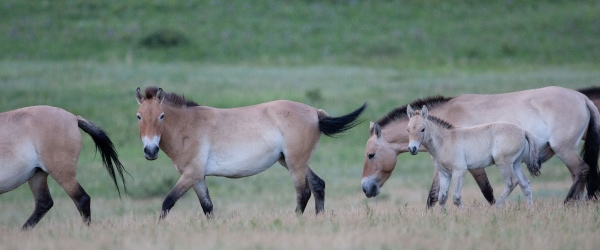
Mongolia: Steppe Ecology & Civic Media

Namibia: Great Cat Conservation
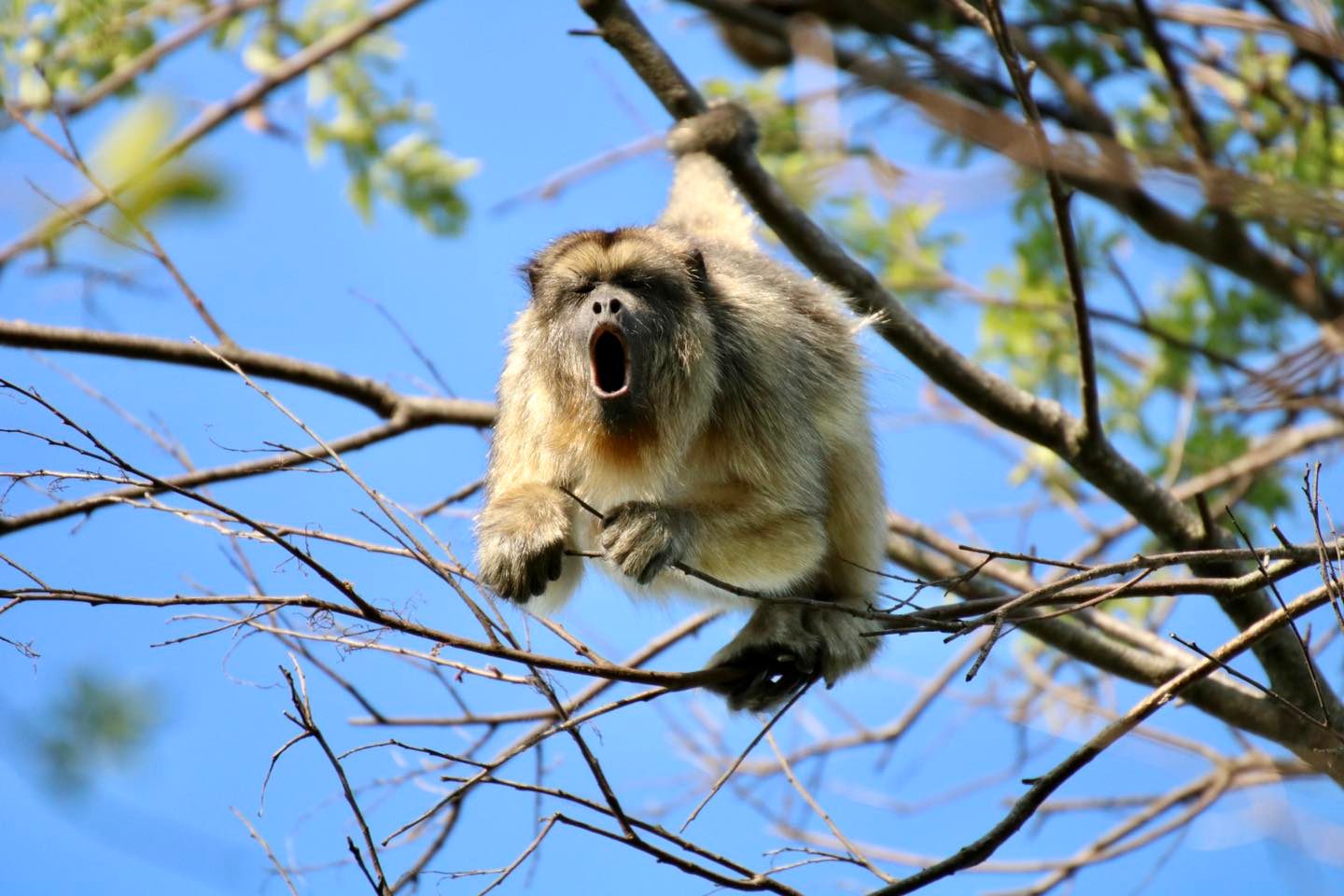
Paraguay: Eco-Leadership
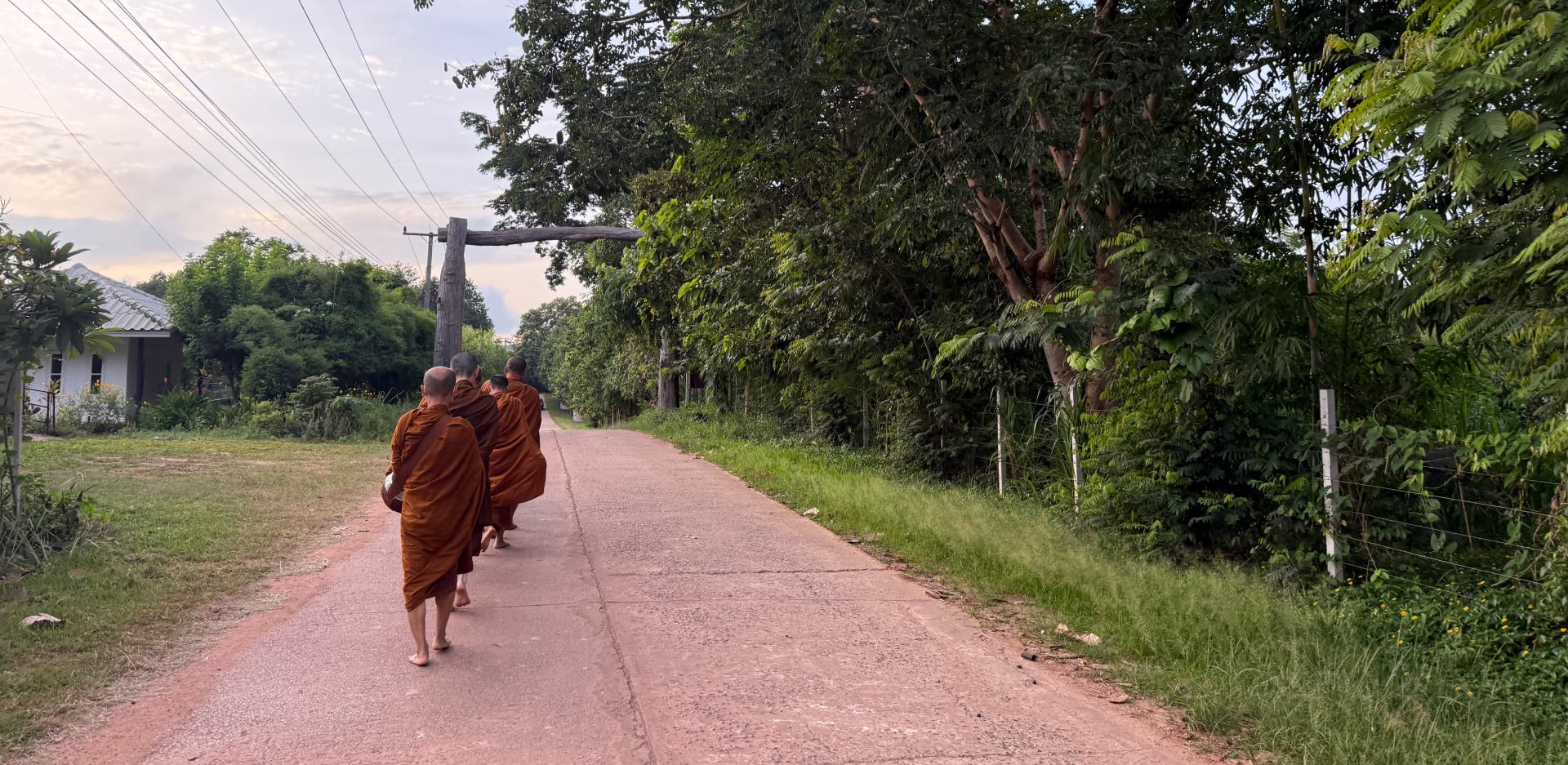
Thailand: Buddhism & Conservation
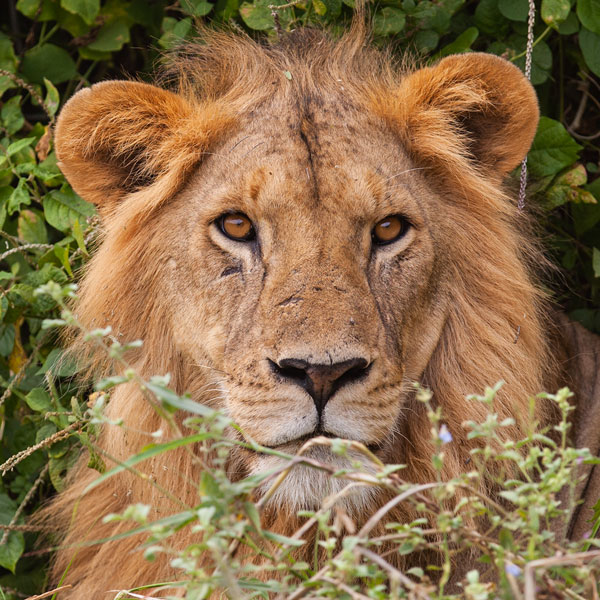
FAQs
